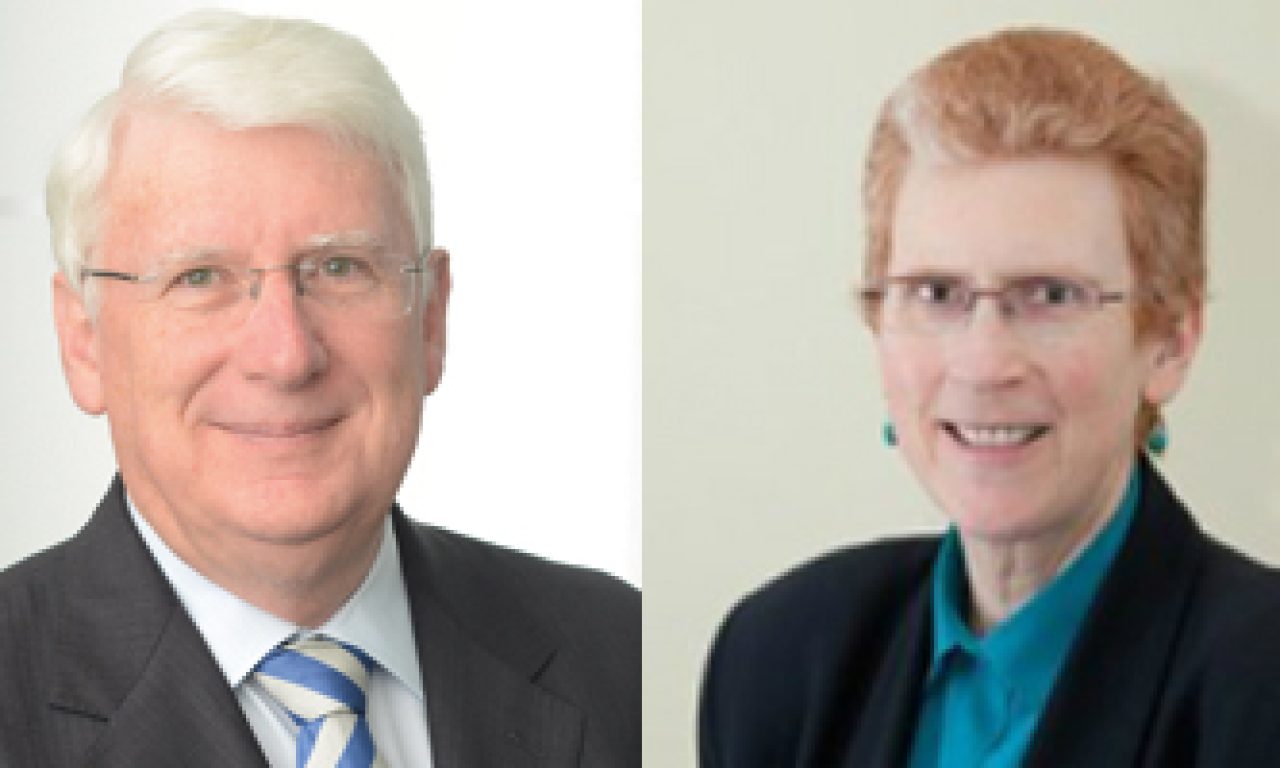NGS Super, representing non-government schools, is a natural merger partner with the Sydney-based Australian Catholic Super (ACS), representing catholic schools, aged care facilities, hospitals and other bodies, according to Greg Cantor, the long-time chief executive of ACS, who has been nominated to lead the proposed new merged fund when they emerge from their due diligence program.
A good sign for the two is that it has only taken three months to reach a memorandum of understanding between ACS and NGS, although the finer points leading to fulfillment will take at least until late next year to agree on. By comparison, the two Catholic funds – ACS and the Melbourne-based ‘Catholic Super Fund’ – had had discussions spanning about three years and still couldn’t reach agreement on the fundamental propositions. Assuming it makes its way to the end of the long and winding road to completion, the ACS and NGS merger will result in a $21 billion fund with about 200,000 members.
In these times, when the regulator in particular is encouraging funds to merge and where some mergers appear to be difficult to fathom accept in terms of building up assets and members to attempt to obtain greater benefits of scale, a more-natural fit is a good thing. The not-for-profit funds have a big cultural advantage over their commercial counterparts, which is that they know their members better and their members trust them more. Whether or not they can retain that advantage in a merger-hungry world is another matter. It will be a pity, and to the detriment of Australian workers, if the big super funds end up looking like banks or old-fashioned mutuals.
Greg Cantor said last week (on August 19) that the two funds have had a very long, and what seems like symbiotic, relationship. This started with the formation of NGS in 1988, when the older ACS, which started in 1981, joined forces to share in the split up of the Award Super and Superannuation Guarantee payments for a few years. NGS got the first 3 per cent from the original Award Super, and ACS got the remainder from the Superannuation Guarantee and member voluntary contributions. That arrangement ended in 2002, after the Government introduced Choice of Fund, and the two have subsequently competed for members, as most other not-for-profit funds do.
But it wasn’t especially aggressive competition. Both trustee directors and various senior staff sometimes went over to the other fund, usually with the blessing of their original fund. Cantor himself, was a trustee director of NGS for about 10 years, as the representative of the Catholic Education Office, of which he was finance manager. Sue Willems, a CEO of NGS, also worked for ACS for a period. “I don’t envisage a lot of grief from this,” Cantor said. “There will eventually be a new fund, with both of us working together to make it the best possible fund for all the members.”
Laura Wright, the chief executive of NGS, who will be the deputy chief executive of the merged fund, recalled that she was a member of ACS when she taught at Marist Brothers Kogarah, in Sydney. She said: “Greg (Cantor) and I both feel strongly about the importance of continuity, especially after a merger. There’s a lot of work to be done and both boards have a strong history of and commitment to personal service to the members… I believe this is a great result.”
Cantor also said he believed that the merged fund would not be so big that its personalised service, on which both funds pride themselves, will disappear. “The boards have both made the point that they want the good service to continue or, even better, improve, with the merger.”
NGS has been through three mergers since Wright has been an executive with the fund – over the past 12 years. They are a credit union fund known as ‘Q Super’, a Uniting Church fund, known as ‘UC Super’ and a Queensland independent education fund, including both independent and catholic schools, called ‘QIEC’. She took over as chief executive in March 2018 on the retirement of predecessor Anthony Rodwell-Ball.
ACS, which has in-house member administration, a relatively labour-intensive operation but which it sees as a comparative advantage, has about 120 employees. NGS, which outsources its admin to Mercer, has about 70. ACS has about 85,000 members and $9.5 billion under management. NGS has about 120,000 members and $12 billion under management. There are several thousand members who have accounts with both funds. Key positions, such as the heads of business and investment departments, will be decided over coming months. Cantor said: “Our aim is to keep everybody employed… The human side of the merger is the part we need to get right. COVID is making things a bit more difficult at the moment.”
The merged fund is expected to retain ACS’s internal admin, which was built from 1996. About 2010 the fund moved to DST’s Bluedoor system, now owned by global provider SS&C. Apart from multiple fund managers which are likely to be consolidated, under a new investment committee, new asset servicing, asset consulting and insurance arrangement will need to be decided. On the asset servicing side, ACS uses BNP Paribas and NGS uses State Street. NGS changed from BNP about 10 years ago when Col McGuinness was the NGS chief executive. NGS uses Frontier Advisors as its asset consultant, as does ACS, making that part of the transition simple.
The two funds have set up a steering committee to oversee and nut out the details of the merger. It consists of the two chairs of the trustee boards, two other trustees (one from each fund) and the two chief executives of the funds, Cantor and Laura Wright at NGS. The committee has actually been meeting for a few months, during the early negotiations stage leading to this month’s memorandum of understanding. Perhaps that’s a clue for other fund mergers to follow for a harmonious outcome? Each fund will also hire its own advisory firm to assist their respective boards and management.
In their statements, David Hutton, ACS chair, said that in the current environment, ACS wanted to consider how the interests of its members could be strengthened and better serviced within a larger like-minded education industry fund. Dick Shearman, NGS chair, said the proposed merger had been driven by synergies between the two funds and is set to strengthen the fund’s position into the future. “Our members’ interests are at the core of this merger, which represents the continued growth and improved ability of our fund to secure the financial futures of all our members,” Shearman said. Hutton said the merger represented a great opportunity for its 85,000 members and 15,000 employers to be a part of the growth of a niche education and community services fund, with a national footprint.
– G.B.


